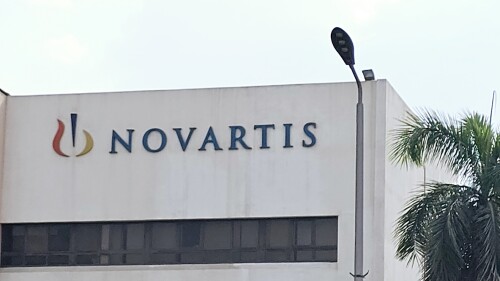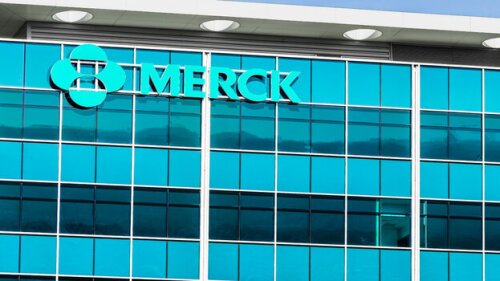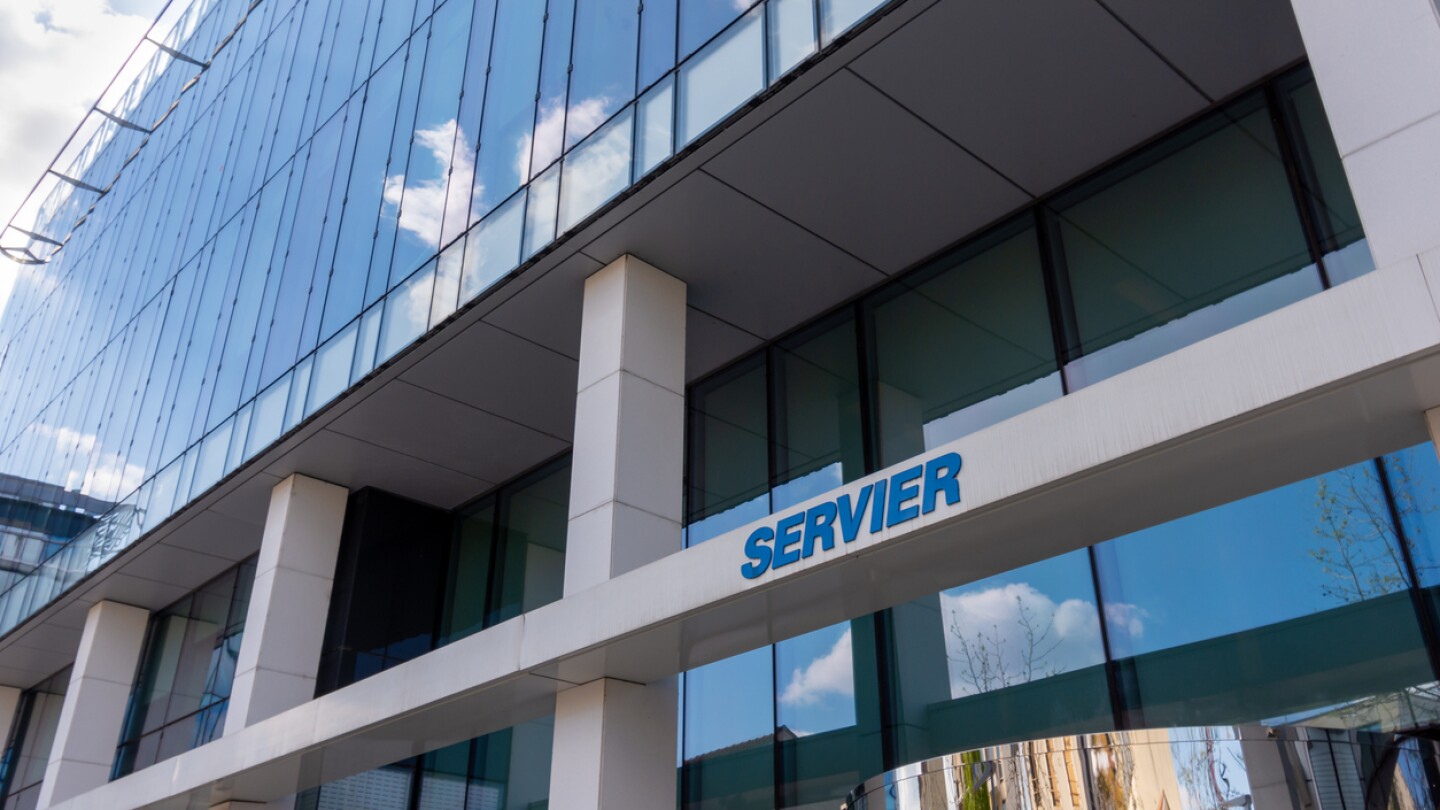News
The acquisition of breakout obesity star Metsera should pump new life into Pfizer’s portfolio, which over the last two years has suffered from three discontinued assets.
FEATURED STORIES
Though nerves abound for funders and founders in the industry, money continues to flow into startups, sometimes in eye-popping numbers. BioSpace rounds up the biggest raises so far this year.
Acknowledging the limits of disease-modifying drugs like Leqembi and Kisunla, companies like Bristol Myers Squibb, Acadia, Otsuka and Lundbeck are renewing a decades-old search for symptomatic treatments, including in high-profile drugs like Cobenfy.
These five upcoming data drops could usher in more effective and convenient therapies for Alzheimer’s disease and open up novel pathways of action to treat the memory-robbing illness.
Job Trends
Bristol Myers Squibb announced the U.S. Food and Drug Administration has granted approval for Breyanzi®, a CD19-directed chimeric antigen receptor T cell therapy, for the treatment of adult patients with relapsed or refractory mantle cell lymphoma who have received at least two prior lines of systemic therapy, including a Bruton tyrosine kinase inhibitor.
FROM OUR EDITORS
Read our takes on the biggest stories happening in the industry.
Novo Nordisk, under new CEO Maziar Mike Doustdar, has a new attitude. It’s making Pfizer livid.
THE LATEST
It can cure deadly diseases, save long-term healthcare costs and transform lives. But the U.S. insurance system still isn’t ready to pay for it.
Blank check deals dwindled after a crazy 2021. Now, biotechs are starting to turn to special purpose acquisition companies again as an easy route to the public markets.
Some of the biggest SPACs from the industry’s pandemic-fueled heyday are no longer on the market.
After spinning out of BridgeBio in May 2024, BBOT had an eye on another round of fundraising in 2025. A SPAC quickly emerged as the best option.
Paul Offit, longtime member of the FDA’s vaccine advisory committee and an outspoken critic of Health Secretary Robert F. Kennedy Jr., was recently informed by the Department of Health and Human Services that his services are no longer required.
Vertex Pharmaceuticals commits $45 million upfront to leverage Enlaza Therapeutics’ War-Lock platform to create drug conjugates and T cell engagers for autoimmune diseases and gentler conditioning for sickle cell/beta thalassemia gene-editing therapy Casgevy.
The French giant is gaining access to darovasertib, a small molecule protein kinase C inhibitor already in Phase II/III trials, with rights for the whole world besides the U.S.
Novartis is licensing ARO-SNCA, a preclinical siRNA therapy for synucleinopathies, a group of neurodegenerative disorders including Parkinson’s disease.
The OMass partnership will boost Roche’s strategy in inflammatory bowel diseases, currently led by afimkibart, an anti-TL1A therapy the pharma obtained from its $7.1 billion acquisition of Telavant in 2023.
Novo Nordisk’s Wegovy has been on a winning streak as of late, with a metabolic dysfunction-associated steatohepatitis approval last month and prime position in the oral obesity race.


















